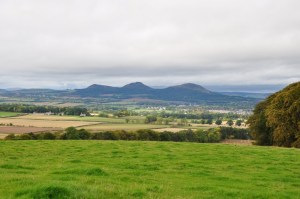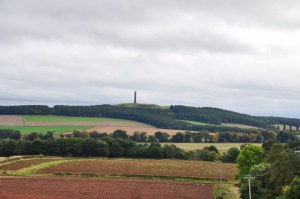This is the ninth blog from my time in North Wales, dating from the 16 July 2013.
Took to the train for the day, as train journeys are a wonderful way to grab a flavour of the surroundings and be intrigued, especially so when on a heritage line as the speed is limited to a genteel rate. The journey on this day was from the industrial town of Blaenau Ffestiniog down to the coastal port at Porthmadog, following the route that the products of the industrial town would have taken to the local port, but I’m sure the landscape will have been been much changed and tamed since it was used by the Victorians.
Leaving the industrial town of Blaenau Ffestiniog, passing on the way a Victorian stretch of ribbon development which follows the railway out of town that has not been enlarged on this side of town in modern times. The landscape here is rocky and rugged, and the train picks a smooth gradient between the rocky outcrops, running at one stage along the edge of the Tanygrisiau Reservoir, which nestles between a number of these outcrops. Along the far edge we catch sight of the original rail route, now sunk below the surface of the water flooded out, when the reservoir was built.
 Tanygrisiau Reservoir – 16 July 2013 (Copyright Carol Jones)
Tanygrisiau Reservoir – 16 July 2013 (Copyright Carol Jones)
On through rough pastures with tantalising glimpses of the surrounding hills and mountains as the train moves forward, circling round the Dduallt spiral, like the Buzzard that circles over head as we passed by. Onwards – only stopping for the odd station to allow passengers to disembark or alight. The journey passes onwards moving from the rough pasture, through scattered trees and shrubs and on into a more wooded landscape, in an area known as Coed y Bleddiau, or Wood of the Wolves. Sadly there are no Wolves in these woods any long, there are supposed to be a couple of Willow sculptures depicting Wolves along this stretch, but unfortunately the continuous moving onwards of the train meant that I failed to spot these creatures, but then that is one of the tantalising things about train journeys – a little only, to tempt and tease, before the next scene is upon us.
 Dduallt Spiral – 16 July 2013 (Copyright Carol Jones)
Dduallt Spiral – 16 July 2013 (Copyright Carol Jones)
Passing through the short Garnedd Tunnel and out into a more densely wooded landscape where amongst the banks of Larches and other conifers there stands tall and proud ancient Sessile Oak trees lonely remnants of the once primeval woodlands that would have covered these slopes. By now the downward run to the coast is well on the way and we pass out of the wooded landscape and on to the drop down through a number of smaller villages on the way to the coast.
The final stretch into Porthmadog is across the causeway known as the Cob, which was built originally as part of an Enclosure scheme at the beginning of the 19th century. The building of the Cob, has resulted in the formation of Glaslyn marshes, which now at low tide is full of birds wandering across the exposed mud flats. Even at the genteel rate of our train it is too fast to see very much apart from the mass of Canadian Geese gosling’s gathered in the closest bit of water. To be honest though these took second place to the view beyond the marshes, even in the heat haze which fogs the scene slightly, this is an amazing view of the complete panorama of the Snowdonia mountains, including the iconic Snowdon.
 The Snowdonia Mountains – 16 July 2013 (Copyright Carol Jones)
The Snowdonia Mountains – 16 July 2013 (Copyright Carol Jones)
 The Eildons – 06 October 2013 (Copyright Carol Jones)
The Eildons – 06 October 2013 (Copyright Carol Jones)














